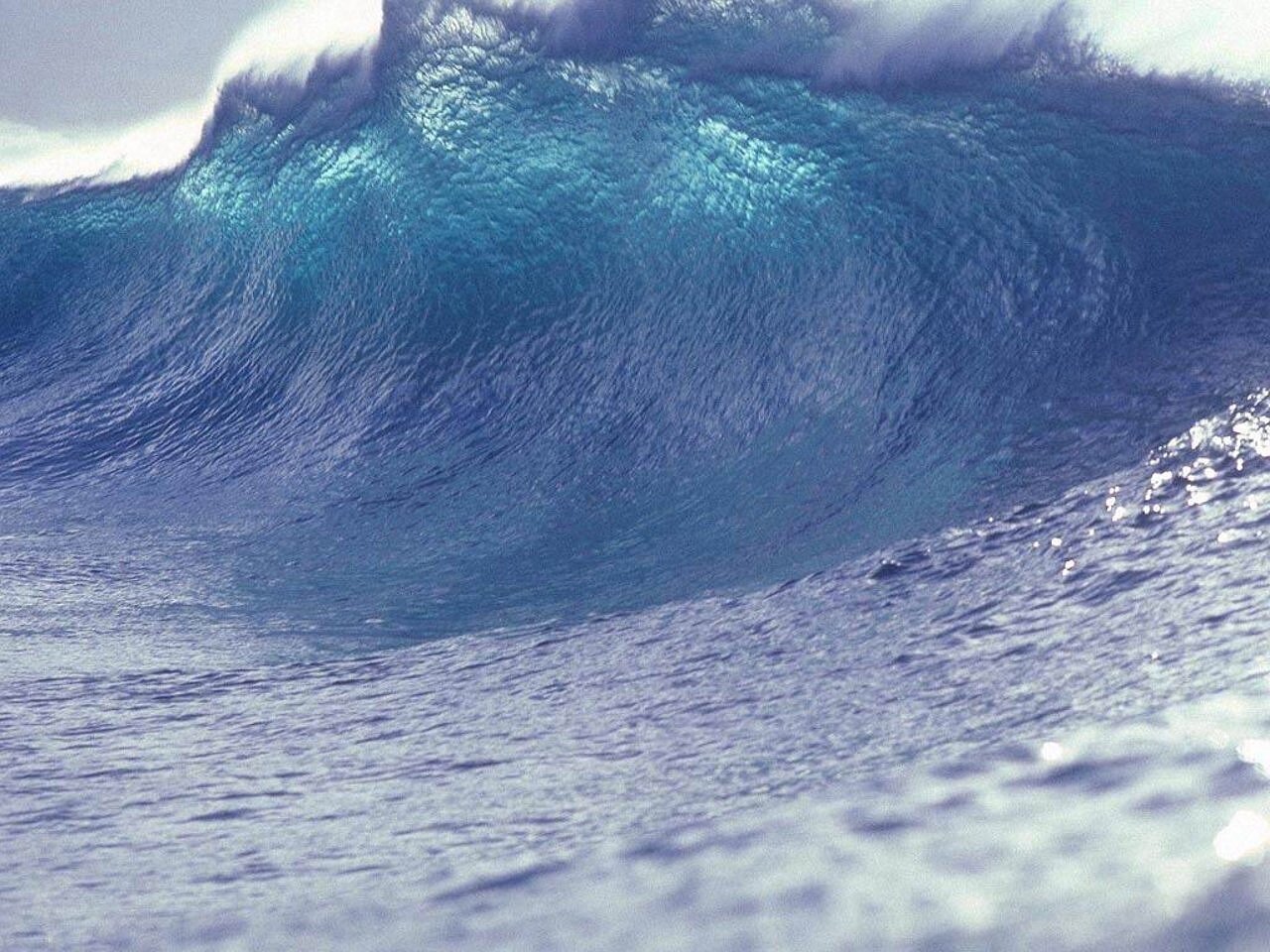Tsunami Hazard In California: Identifying High-Risk Communities And Infrastructure

Welcome to your ultimate source for breaking news, trending updates, and in-depth stories from around the world. Whether it's politics, technology, entertainment, sports, or lifestyle, we bring you real-time updates that keep you informed and ahead of the curve.
Our team works tirelessly to ensure you never miss a moment. From the latest developments in global events to the most talked-about topics on social media, our news platform is designed to deliver accurate and timely information, all in one place.
Stay in the know and join thousands of readers who trust us for reliable, up-to-date content. Explore our expertly curated articles and dive deeper into the stories that matter to you. Visit Best Website now and be part of the conversation. Don't miss out on the headlines that shape our world!
Table of Contents
Tsunami Hazard in California: Identifying High-Risk Communities and Infrastructure
California's stunning coastline, while breathtaking, harbors a significant, often overlooked, threat: tsunamis. While earthquakes are a more frequently discussed hazard, the potential devastation of a major tsunami shouldn't be underestimated. This article delves into the specific California communities and infrastructure most at risk, exploring the science behind the threat and the ongoing efforts to mitigate its impact.
Understanding California's Tsunami Risk:
California's location along the Pacific Ring of Fire makes it vulnerable to tsunamis generated by both near-source earthquakes (occurring along the coast) and distant-source events (originating across the Pacific Ocean). Near-source tsunamis, while potentially smaller in scale than distant-source events, can strike with little warning, making their impact even more devastating. The Cascadia Subduction Zone, located off the coast of Washington, Oregon, and Northern California, represents a significant threat capable of generating a massive tsunami affecting the entire California coastline.
High-Risk Communities:
Several California coastal communities face a heightened tsunami risk due to their geographic location and proximity to the ocean. These include, but are not limited to:
- Crescent City: Historically impacted by tsunamis, Crescent City sits directly on the Pacific Ocean and is particularly vulnerable to near-source events from the Cascadia Subduction Zone.
- Eureka and Humboldt County: This region's low-lying coastal areas and proximity to the subduction zone place it squarely in the high-risk category.
- Mendocino County: Similar to Humboldt County, Mendocino's coastal communities are vulnerable to both near and distant-source tsunamis.
- Santa Cruz and Monterey: While not as directly exposed as Northern California, these areas still face significant risks from large distant-source tsunamis.
- Los Angeles and Orange Counties: Although less frequently impacted by major tsunamis, the densely populated areas along these coastlines would face severe consequences from a large event.
Critical Infrastructure at Risk:
Beyond residential areas, critical infrastructure is also at risk from a major tsunami event. This includes:
- Ports and Harbors: Major ports like Los Angeles and Long Beach, vital to the state's economy, are susceptible to significant damage from tsunami waves.
- Power Plants and Utilities: Coastal power plants and other utility infrastructure are vulnerable to flooding and damage, potentially leading to widespread power outages.
- Transportation Networks: Roads, bridges, and rail lines along the coast could be severely damaged or destroyed, hindering evacuation and emergency response efforts.
- Hospitals and Emergency Services: Coastal hospitals and emergency services facilities could become inaccessible or damaged, impacting the ability to provide crucial medical care.
Mitigation and Preparedness:
California is actively working to improve tsunami preparedness through several initiatives:
- Improved Tsunami Warning Systems: The National Oceanic and Atmospheric Administration (NOAA) operates a sophisticated tsunami warning system, providing crucial early warning time.
- Evacuation Planning and Drills: Regular tsunami drills and evacuation planning are vital for communities at risk. Knowing evacuation routes and assembling emergency kits are crucial steps.
- Infrastructure Improvements: Designing and building tsunami-resistant infrastructure is essential to minimizing damage during a future event.
- Public Education: Raising public awareness about tsunami hazards and encouraging preparedness are critical to minimizing casualties and property damage.
Conclusion:
While the frequency of major tsunamis impacting California is relatively low compared to other hazards, the potential consequences are devastating. Understanding the risks, identifying high-risk communities and infrastructure, and engaging in proactive mitigation and preparedness efforts are critical for protecting lives and minimizing economic losses. Learn more about your local tsunami risk by visiting the . Staying informed and prepared is the best defense against this powerful natural hazard. Check your local emergency management agency for community-specific preparedness information.

Thank you for visiting our website, your trusted source for the latest updates and in-depth coverage on Tsunami Hazard In California: Identifying High-Risk Communities And Infrastructure. We're committed to keeping you informed with timely and accurate information to meet your curiosity and needs.
If you have any questions, suggestions, or feedback, we'd love to hear from you. Your insights are valuable to us and help us improve to serve you better. Feel free to reach out through our contact page.
Don't forget to bookmark our website and check back regularly for the latest headlines and trending topics. See you next time, and thank you for being part of our growing community!
Featured Posts
-
 Harry Potter Series On Hbo Petunia And Vernon Dursley Officially Cast
Jun 10, 2025
Harry Potter Series On Hbo Petunia And Vernon Dursley Officially Cast
Jun 10, 2025 -
 Never Enough Turnstile Announces Extensive World Tour
Jun 10, 2025
Never Enough Turnstile Announces Extensive World Tour
Jun 10, 2025 -
 Confirmed And Rumored Venues Turnstiles Us Tour Takes Shape
Jun 10, 2025
Confirmed And Rumored Venues Turnstiles Us Tour Takes Shape
Jun 10, 2025 -
 Live Cricket England Takes On West Indies In Crucial T20 Match
Jun 10, 2025
Live Cricket England Takes On West Indies In Crucial T20 Match
Jun 10, 2025 -
 Backlash Against The View Hosts Criticized For Avoiding Trump Elon Musk Clash
Jun 10, 2025
Backlash Against The View Hosts Criticized For Avoiding Trump Elon Musk Clash
Jun 10, 2025
